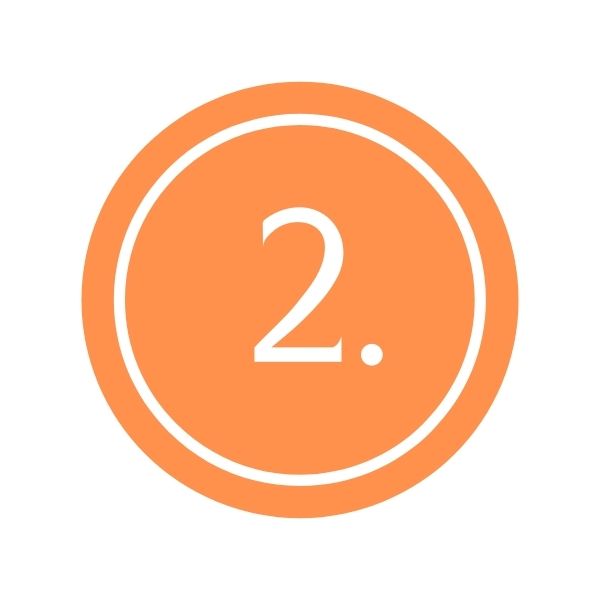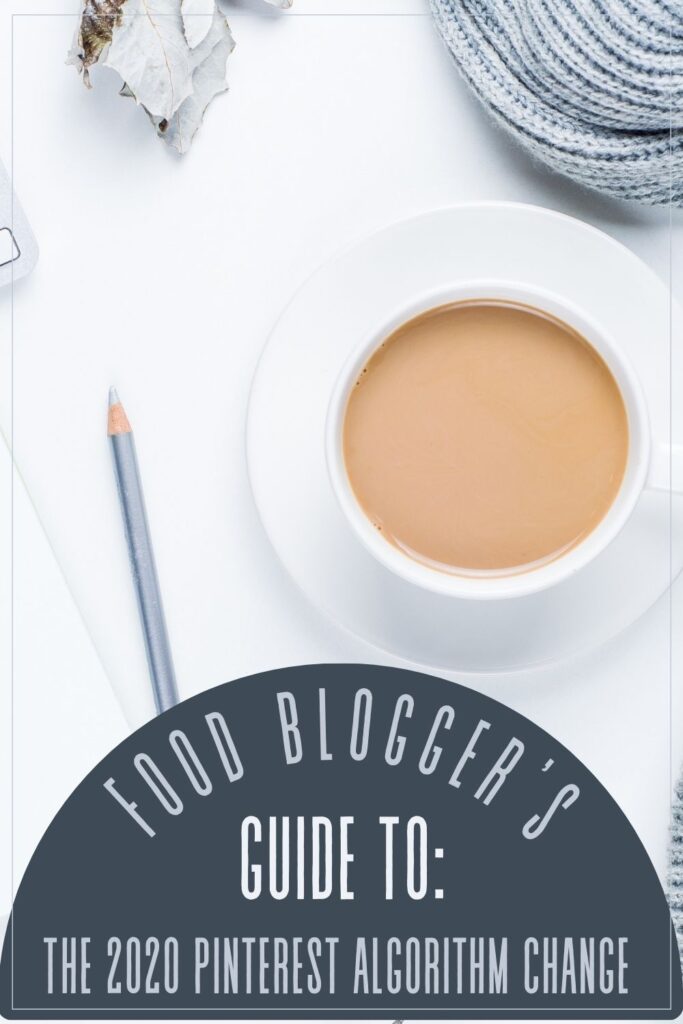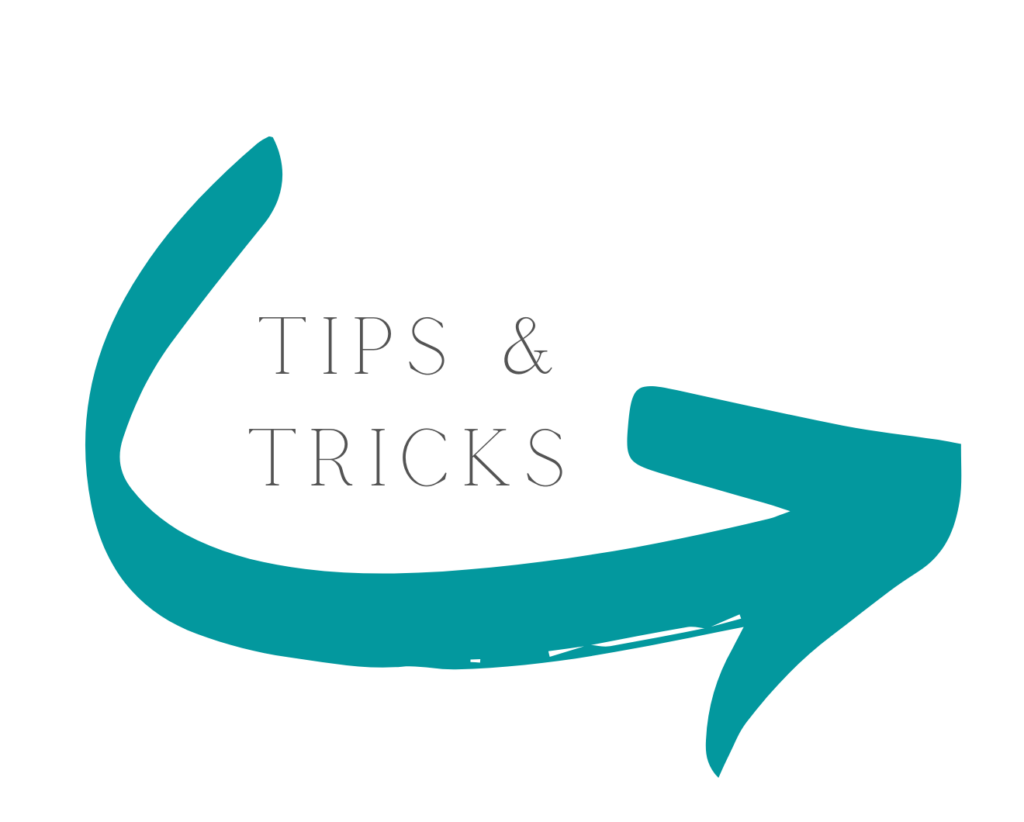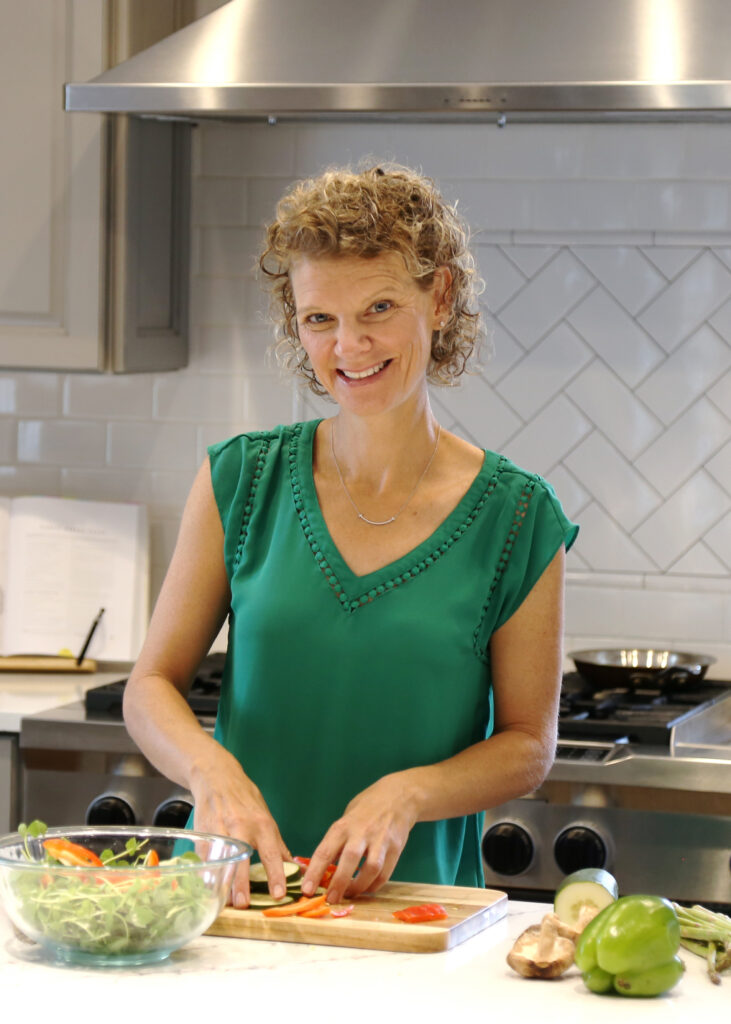Pinterest Strategy for Bloggers in 2021
This Pinterest Strategies for Bloggers: Understanding the 2020 Pinterest Algorithm Change post includes affiliate links. When I find a great product or service, I like to share it with my readers. Sometimes I use affiliate links so I can earn a commission for my recommendations. Thank you for your support!
Understanding the 2020 Pinterest Algorithm Change
There is no phrase dreaded by bloggers more than “algorithm change.” The time following any algorithm change is one of anxiety, especially for bloggers who depend on blog traffic to make a living.
I don’t know about you, but it seems like every time I get settled into a routine, an algorithm changes and I’m reinventing my methods. At least being a food blogger doesn’t get stale (pun intended).

If the idea of a new Pinterest algorithm change has you biting your nails, you need to return your hands to your keyboard and read on. Rest assured that this blog post is dedicated to unpacking these algorithm changes and incorporating them into a solid Pinterest strategy for bloggers.
The 2020 Pinterest Algorithm Change
Prior to 2020’s Pinterest algorithm change, frequent pinning and repinning was considered good Pinterest strategy for bloggers. Old content, new content, your content, my content – including it all was part of the plan.
In 2020, Pinterest introduced an algorithm change that launched many-a-Pinterest-users into uncertainty. Why? Because this latest Pinterest algorithm change turned standard pinning practice for bloggers on its head. Now, instead of frequent, consistent pinning of a variety of content, Pinterest has shifted its focus to fresh, creator-owned content.
Are you thinking uh-oh?
As a food blogger, I totally get it. Creating vast numbers of new Pins is a challenge. A massive amount of work goes into each new recipe and there are only so many hours in a day. These need to be spread across planning, shopping, cooking, cleaning, photographing, writing, editing and marketing. If you’re a food blogger, you know exactly what I mean.
There is good news though – the focus on fresh, creator-owned Pins takes the emphasis off quantity and puts it on quality. And quality, my friends, is what food bloggers do best.

How to Use Pinterest in 2021
Before we really get into the details about what Pinterest has changed, let’s talk about what’s stayed the same.

Content is STILL King
First things first – content is still king. Producing good blog content will always be a winning strategy. I know this because whether it’s Google, or Bing or Pinterest – all search engines have the same end game: to satisfy the end user. So yes… while there is a such a thing as a good Pinterest strategy for bloggers, it always has to start with good content.

Relevancy & Authenticity Are Important
Second – the importance of a well-designed Pin hasn’t changed. Image quality, the right size, a good title and a well-researched description are still important (check out my How to Use Pinterest Keywords to Market Your Food Blog). And, it’s still critical that Pinterest pins be relevant to blog content. In other words, it’s never a good idea to promise something in a Pin that isn’t delivered when the user clicks through the link.

Consistency is Key
Third, consistency is still key. Logging on to Pinterest once a week and throwing everything you have at it wasn’t a good strategy before 2020 and it’s not a good strategy after. No end user wants to be overloaded and overwhelmed, so pace and consistency in your Pinning strategy is paramount.

So What Did Pinterest Change?
The 2020 Pinterest algorithm change has shifted the focus to fresh content. Where frequent repinning of existing pins used to be a good Pinterest strategy for food bloggers, it’s now a behavior that could get your account penalized.
In discussions about this latest Pinterest algorithm change, Pinterest bloggers and social-media gurus are recommending an emphasis on fresh pins. The term fresh pins, of course, is Pinterest-speak for new content. So, what does that mean for your Pinterest strategy as a food blogger?
What is a Fresh Pin?
Let’s start by unpacking what Pinterest means by a fresh pin. According to Tailwind, a fresh pin is an image or video that Pinterest has not seen before. Note that the emphasis is on image or video. This means that simply changing the Pin title, Pin description or ALT text on an existing image does not make a Pin fresh in Pinterest’s eyes.


For a Pin to be a fresh pin, the underlying image or video must be new.
The Freshest of Fresh Pins
Even within the realm of fresh pins, the Pinterest algorithm change appears to have a hierarchy. For example, the first Pin from a brand-new blog post seems to get more traction than a subsequent new Pin from the same blog post. But subsequent Pins from newer blog posts still, on average, overperform new Pins created for older URLs.
Of course, this analysis is based on anecdotal information and this doesn’t mean that a subsequent Pin with the right balance of good imagery and good Pinterest SEO won’t conflict with this general theory. What it does appear to mean though, is that fresh, high-quality, relevant content is more important than ever before.
Duplicate Pins and the Pinterest Algorithm Change
Does the 2020 Pinterest algorithm change mean that you have to give up duplicate Pins?
It appears not, but duplicate Pins need to be chosen with care. They should be limited to relevant and high-quality content, which likely translates to:

Seasonal content that is shared once per year. Examples of this might be Christmas dinner recipes or 4th of July desserts.

Your best, most highly engaging content to be shared once or twice per year.
Pinning Other Creators’ Content to Pinterest
Pinning other creators’ content is still part of a good Pinterest strategy for food bloggers, but Pinterest appears to be putting the emphasis on rewarding creators over curators. This means that filling your Pin schedule with Pins other than your own is not likely to boost your Pinterest activity.
Because my Pinterest account is still growing (and because I do like sharing other highly relevant and engaging Pins), I’ve set myself up under the good old 80/20 rule. That is, 80% of my Pinterest content is fresh pins, while 20% of it is duplicative. My duplicative content includes both repins of my old content and repins of other people’s content.

The 2020 Pinterest Algorithm Change & The New Rules of Spamming
If you’re a competitive Pinner, your first inclination might be to create a multitude of new Pins for each new blog post. It appears, however, that Pinterest is disincentivizing this behavior. Again, by putting the focus on quality over quantity.
According to top bloggers and social media gurus, you should limit new Pins to three per new blog post and those three should be shared only to the top three most relevant Pinterest boards. Coupling that advice with the Fresh Pin hierarchy above, a good Pinterest strategy in 2021 might look like this:

In terms of scheduling and consistency, spacing these fresh pins out is highly recommended. Here, I take my cue from Tailwind’s interval tool which defaults to 7 days between Pins. Now, a good 2021 Pinterest strategy for bloggers might look like this:

Pinterest Scheduling & Time Management
If these changes have you panicked – DON’T!
Believe me, I get it. As a food blogger, these changes had me spooked at first. Putting together a blog post and relevant Pinterest Pins involves an extraordinary amount of work. Food bloggers are not in a position to put text on a pretty pink background with a nice border and call it done.
If you pause for a moment and take a deep breath though, you’ll realize that 2020 Pinterest algorithm change might actually be a good thing for us food bloggers. It takes the heat off constant Pin creation and scheduling just for the sake of it and it appears to reward the time and effort it takes to put together really good, engaging content.
Check Out This Real-Life Pinterest Scheduling Example:
As most of us are, I’m a one-human food blogging show. The buck stops with me on EVERYTHING. After many, many reiterations of my food blogging schedule, I’ve worked out that I can only reasonably count on posting 3 new blog posts per week. If I try to do more than that, I lose traction with my marketing efforts or I start to compromise quality.
But…
- 3 new blog posts x 3 Fresh Pins per Post x 3 Boards = 27 Fresh Pins per week.
- 27 Fresh Pins + 7 Duplicative Pins = 34 Pins/week
- 34 Pins per week is almost 5 Pins/day.
And while alarm bells might be going off in your head – 5 Pins per day?!? But I’m supposed to Pin at least 20-25 times a day!!, rest assured that those numbers are old numbers. It appears to be far more important to Pinterest that creators Pin fewer Pins of higher quality. Given the intervals, it might take you a couple of weeks to generate enough new content to get your Pinterest schedule into a good rhythm, but the only way to get there is to get started!
So, take a deep breath and turn your energy toward what you love doing – creating high quality, relevant content for your fans. You’re on the road to be rewarded for it!

About Confessions of a Food Blogger

Kate Friedman is the creator of Herbivore’s Kitchen, a vegan food blog, and Confessions of a Food Blogger. Confessions of a Food Blogger is an informative resource for food bloggers (and, actually all bloggers) that provides helpful articles, online courses and tips and tricks for starting, building, marketing and managing a food blog.


